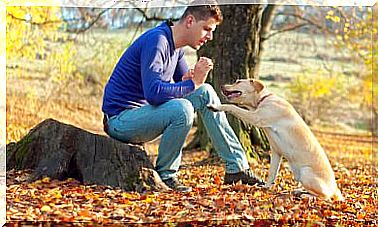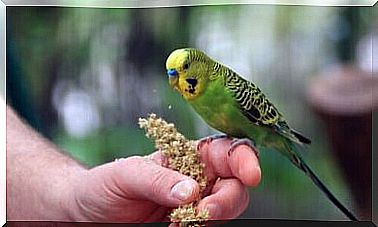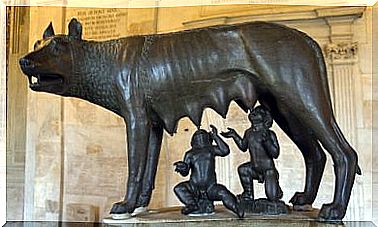Capuchin Monkey: Characteristics, Habitat And Behavior
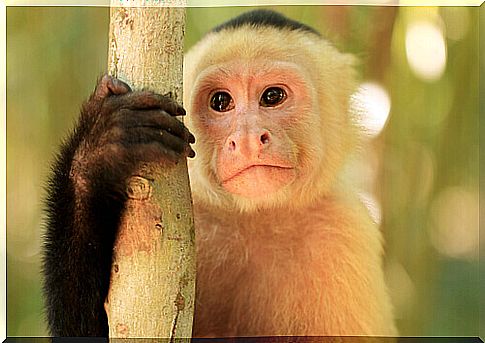
The capuchin monkey is considered the most intelligent of primates, due to its ability to learn and also its behaviors. In the following article, we’ll tell you all about this endangered species.
Capuchin Monkey Characteristics and Habitat
With a long prehensile tail (which measures almost the same as the torso), it can hang from the branches of trees, in addition to having a black body to its shoulders and white above its chest.
The white-faced capuchin monkey was named after the monks of the Capuchin Order, who wear a dark robe with a light hood.
There are four subspecies of capuchin monkeys within the genus Cebus. They are all small in size: no more than a meter in height or more than four kilos.
They are also called “white face”, although their face is pink.
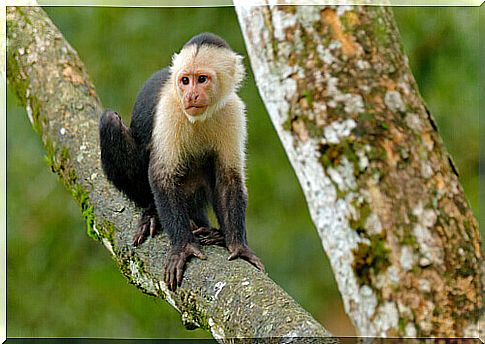
These monkeys adapt to different types of forests in Central America (Honduras, Panama, Costa Rica and Nicaragua) and to some areas of South America (Colombia, Ecuador, Brazil).
They feed on fruits, vegetables, nuts, seeds, sprouts and small vertebrates and invertebrates, such as crabs, crustaceans, frogs, bird eggs, insects and lizards, as they are omnivores.
Capuchin monkey behavior and reproduction
This primate is one of the smartest in the family. Can use certain tools to find food; in addition, you can also build utensils!
The Capuchin’s brain is larger than that of some monkeys. They have also been seen crushing caterpillars to rub their backs and repel insects.
It usually lives in groups of up to 20 individuals and is most active between five and nine in the morning, and between three and five in the afternoon ; the rest of the time, he sleeps or rests. They spend many hours among the branches of trees and can go down to the ground to drink water.
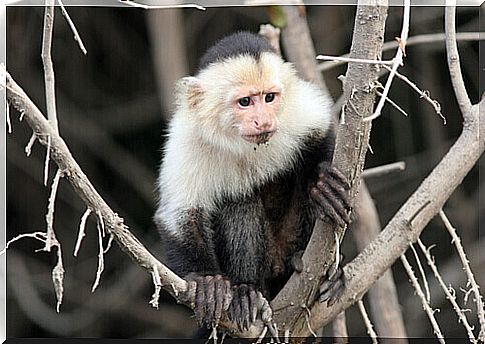
Females form separate groups from males, who seek them out during the breeding season, and there is always one who is considered the alpha or leader, who holds this position for about 17 years and is the only one who copulates with females.
Capuchin monkeys, like many primates, mate between members of the same family and are fertile after age seven.
They reproduce on a seasonal basis between December and April, the pregnancy lasts six months and they only give birth to one offspring; which is carried by the mother on her back until the age of six months and breastfed for up to one year.
Predators and Capuchin Monkey Hunting
Due to its small to medium size, the main predators of this monkey are the boa constrictor, the beaked snake, the alligator, the jaguar and the ocelot. In some cases, the harpy eagle can hunt its young.
To warn the family that there is danger, the capuchin monkeys scream loudly and run fast; in some cases they face the predator.
This species is a victim of poaching and wildlife trade, a common practice in Central America and northern South America.
Furthermore, we cannot ignore the high rates of deforestation in native forest and jungle.
This means that its population is dwindling and that some of the subspecies are in critical danger of extinction, such as the yellow-breasted capuchin, the kaapori and the golden capuchin monkey.


